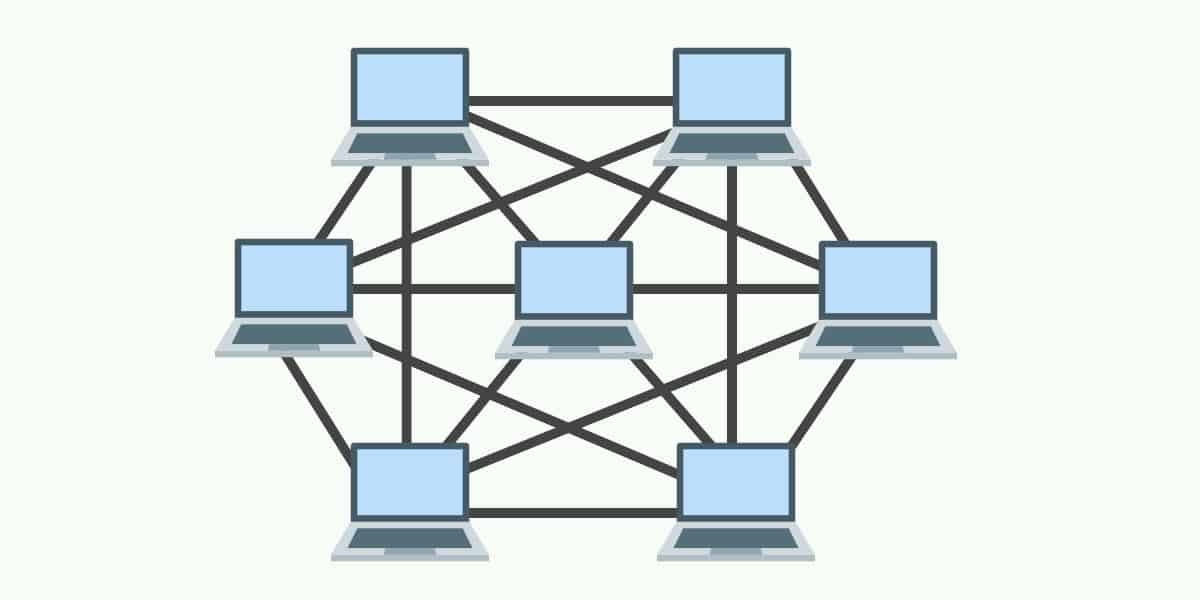
Mesh Topology: Features, Advantages and Disadvantages
Introduction to Topology
In the realm of computer networks, the term “topology” refers to the physical or logical layout of interconnected devices that facilitate data transmission. Different topologies offer unique advantages and disadvantages, catering to various network requirements. In this article, we will define what a topology is and focus on the features, advantages, and disadvantages of the Mesh topology, a robust and resilient network structure.
What is a Topology?
In simple terms, a topology defines the pattern of interconnections among devices in a network. It dictates how data flows from one node (device) to another within the network. There are several types of topologies, including Mesh, Star, Ring, Bus, and Tree, each having its own set of characteristics and use cases.
What is Mesh Topology?
Mesh topology is a type of network setup where every device in the network is connected to every other device. This creates multiple paths for data to travel, ensuring that information can always find an alternative route if one connection fails. Mesh topology is highly reliable because even if a device or a connection goes down, the network can still function. There are two types of mesh topology: full mesh, where all devices are directly connected to each other, and partial mesh, where only some devices have direct connections. This type of network is commonly used in environments where reliability and redundancy are critical, like in military or healthcare systems.
Features of Mesh Topology:
- Full Redundancy: In a Mesh topology, every device is connected to every other device, establishing multiple paths for data transmission. This redundancy ensures that if one link or node fails, alternative paths can be used, enhancing network reliability.
- Point-to-Point Connections: Each device in the Mesh topology has a direct link to every other device, creating a point-to-point connection architecture. This direct communication method contributes to efficient and quick data transfer.
- Self-healing Capability: Due to its redundant nature, Mesh topology possesses self-healing capabilities. If a connection or node fails, data packets can dynamically reroute through other paths, minimizing downtime and ensuring uninterrupted network communication.
Advantages of Mesh Topology:
- High Reliability: Mesh topology offers unparalleled reliability since a single point of failure does not disrupt the entire network. The presence of multiple paths ensures constant connectivity, reducing the risk of network downtime.
- Robustness: The redundant connections in Mesh topology make it a robust network structure. It can handle high data traffic loads without compromising performance.
- Scalability: Mesh topology can easily accommodate the addition of new devices without affecting the overall network performance. This scalability makes it suitable for both small and large-scale networks.
- Enhanced Security: The point-to-point connections in Mesh topology provide enhanced security since data travels directly between specific devices, reducing the risk of unauthorized access.
Disadvantages of Mesh Topology:
- Costly Implementation: Building a Mesh network requires a significant number of physical connections, making it more expensive compared to other topologies like Star or Bus.
- Complex Design and Management: As the number of devices in the network increases, the complexity of the Mesh topology also grows. Managing and troubleshooting such intricate networks can be challenging and time-consuming.
- High Cable Requirements: The large number of connections needed in a Mesh topology may lead to a massive cabling infrastructure, which can be cumbersome to install and maintain.
Summary
In conclusion, a topology defines the structure and communication paths of devices within a network. The Mesh topology stands out with its full redundancy, self-healing capabilities, and direct point-to-point connections. The advantages of high reliability, robustness, scalability, and enhanced security make Mesh topology suitable for critical applications where uninterrupted communication is paramount.
However, the Mesh topology’s costly implementation, complex design, and high cable requirements must be carefully considered before choosing it for a specific network. Weighing the pros and cons of Mesh topology against the unique requirements of the network will enable network administrators to make informed decisions, ensuring the network’s seamless performance and longevity.